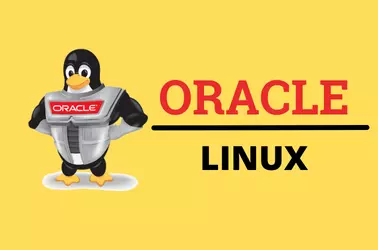Oracle Linux 7 comes with MySQL yum repository pre-installed. By Default MySQL 8 repository is enabled. You can disable MySQL 8 repository and enable MySQL 5.7 repository to install MySQL 5.7.
You can find enabled repositories with command
yum repolist all | grep -i mysql
Example
[root@sql2 ~]# yum repolist all | grep -i mysql ol7_MySQL55/x86_64 MySQL 5.5 for Oracle Lin disabled ol7_MySQL56/x86_64 MySQL 5.6 for Oracle Lin disabled ol7_MySQL57/x86_64 MySQL 5.7 for Oracle Lin disabled ol7_MySQL80/x86_64 MySQL 8.0 for Oracle Lin enabled: 281 ol7_MySQL80_connectors_community/x86_64 MySQL 8.0 Connectors Com enabled: 56 ol7_MySQL80_tools_community/x86_64 MySQL 8.0 Tools Communit enabled: 15 [root@sql2 ~]#
Let’s disable MySQL 8 repo and enable MySQL 5.7 repository.
yum install -y yum-utils yum-config-manager --disable ol7_MySQL80 ol7_MySQL80_connectors_community ol7_MySQL80_tools_community yum-config-manager --enable ol7_MySQL57
Before you can install MySQL 5.7, if your server has any MySQL 8 related packages installed, you need to uninstall them.
On my server, I had the following packages installed.
[root@mysql1 ~]# rpm -qa | grep mysql mysql-community-client-plugins-8.0.26-1.el7.x86_64 mysql-community-common-8.0.26-1.el7.x86_64 mysql-community-libs-8.0.26-1.el7.x86_64 mysql-release-el7-1.0-5.el7.x86_64 mysql-community-libs-compat-8.0.26-1.el7.x86_64 [root@mysql1 ~]#
These are installed as dependency for the postfix mail server, so if you remove the packages with yum, postfix also get removed, so I removed it with command
rpm -e --nodeps mysql-community-client-plugins-8.0.26-1.el7.x86_64 rpm -e --nodeps mysql-community-common-8.0.26-1.el7.x86_64 rpm -e --nodeps mysql-community-libs-8.0.26-1.el7.x86_64 rpm -e --nodeps mysql-community-libs-compat-8.0.26-1.el7.x86_64
–nodeps option will remove packages without removing dependent packages. Make sure you don’t remove the package mysql-release-el7-1.0-5.
Now you can install MySQL server with command
yum install mysql-community-server
Enable and start MySQL server
systemctl enable mysqld --now
To find MySQL initial password, use
grep 'temporary password' /var/log/mysqld.log
Login to MySQL server using the temporary password and set a password
mysql -u root -p
Enter the MySQL server temporary password, then execute the following SQL to change the MySQL root password.
ALTER USER 'root'@'localhost' IDENTIFIED BY 'NEW_MYSQL_ROOT_PW';
NEW_MYSQL_ROOT_PW – replace with your new secure MySQL root password.
You can secure MySQL installation by running
mysql_secure_installation

